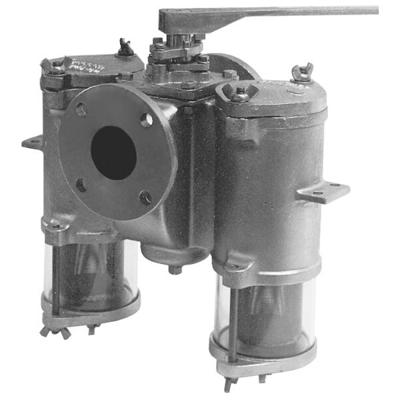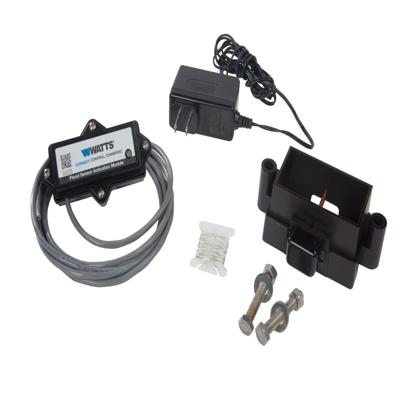Series 710 Vaccum Breaker
This device is designed to prevent backflow by introducing air into the plumbing system when a negative pressure or vacuum occurs. This process helps to break the siphonage action and prevent toxic water from mixing with the potable water supply. It is made of brass to withstand operating conditions...








